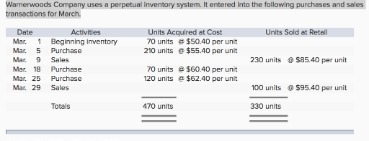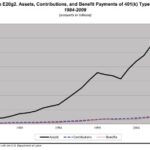Bookkeeping
What is the difference between balance and available balance? Stanford Federal Credit Union
Content

Your actual balance is the amount of money that is actually in your account at any given time. Your actual balance reflects transactions that have “posted” to your account but it does not include transactions that have been authorized and are pending. While it may seem that the actual balance is the most up-to-date display of the funds that you can spend from your account, this is not always the case. Your account may have purchases, holds, fees, other charges, or deposits made on your account that have not yet posted and, therefore, will not appear in your actual balance.
- Some institutions may post multiple times in a day or post live, so it is important to understand how your institution works.
- Current balance is the outstanding balance of funds in a bank holder’s account.
- In accounting, the ledger balance is used in the reconciliation of book balances.
- The account holder can use the available balance to make cash withdrawals, fund online purchases, and pay online bills.
That makes it essential to keep track of your available balance as it compares to your current balance. The current balance of your account is the total amount of money in the account. Our mission is to provide readers with accurate and unbiased information, and we have editorial standards in place to ensure that happens. Our editors and reporters thoroughly fact-check editorial content to ensure the information you’re reading is accurate.
Member Service Representative
Otherwise you might overdraw your account if you spend based on your account balance and it is higher than your available balance. The authorization request places a hold on funds in your account when the authorization is completed. The “authorization hold” will reduce your available balance by the amount authorized but will not affect your actual balance. Because What Is The Available Balance In Your Bank Account? a ledger balance does not change throughout the day, whereas the available balance accounts for all withdrawals that hit the bank throughout the day and can therefore change and decrease. Add all payments that you are certain will be processed to your opening balance. This can eg include financial transactions from a customer or deposits you have made yourself.
Why is my total balance and available balance different?
Why is my total balance and available balance different? Your total and available balances may vary if your account has pending check deposits, debit card purchases and ATM transactions that haven't cleared the account yet.
But if there has been recent activity on your account, the amount of money you’re able to spend might be different from your current balance. You might also end upbouncing checks of your own and racking up fees if the check you deposited isn’t honored and doesn’t clear. Shared Branching is a network formed by more than 5,000 participating credit unions allowing members to transact banking business at any of them. You can take that amount out of your account in cash, either at an ATM or with a bank teller. You can even withdraw cash at other credit unions nationwide if you use a credit union that participates in Shared Branching. Finally, consider keeping some extra money in your checking account so that you have a small buffer in case you make a mistake.
What is the difference between ledger balance and trial balance?
If a check that you had previously written for $75 clears through your account before the restaurant charge is sent to the NEFCU for processing – you will incur an overdraft fee. This is because your available balance was $65 when the $75 check was paid. An Overdraft Protection Transfer or Courtesy Pay fee will also be deducted from your account, further reducing your balance. If your actual and available balances are both $100 and you use your debit card at a restaurant for $35, a hold is placed on your account and your available balance will be reduced to $65.
However, her available balance or the cash she has available to spend is only $1,275 ($2,000 – $800 + $100 – $25). For example, your bank account balance can be $1,500, but your available balance may only be $1,000. Keeping track of your spending is important whether you’re dealing with debit card transactions, savings accounts or credit cards. https://quick-bookkeeping.net/ Poor spending habits can lead to credit problems if you overextend yourself and have difficulty making payments. Self provides tools to stay on track and improve your credit score as you build credit by managing your spending and payments effectively. Available balance is your current balance with any pending transactions or holds included.
MC Online
We maintain a firewall between our advertisers and our editorial team. Our editorial team does not receive direct compensation from our advertisers. TJ Porter is a contributing writer for Bankrate with eight years of experience writing about finance. TJ writes about a range of subjects, from budgeting tips to bank account reviews.

